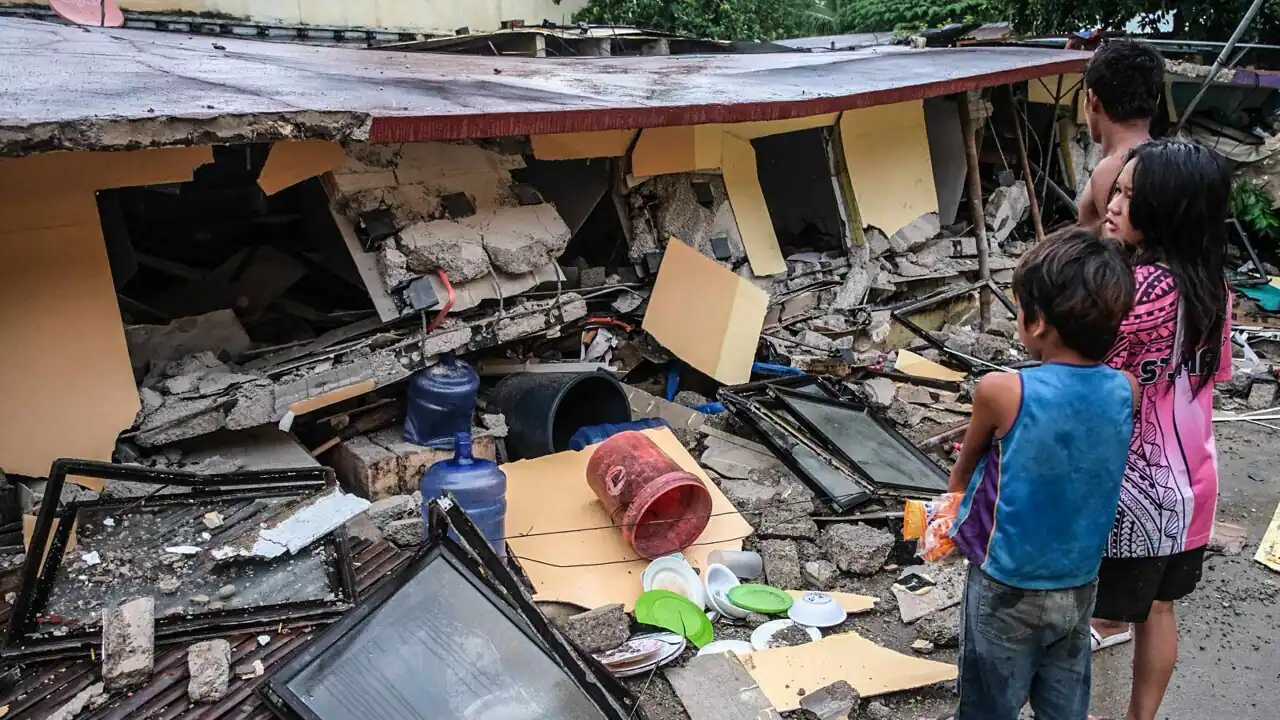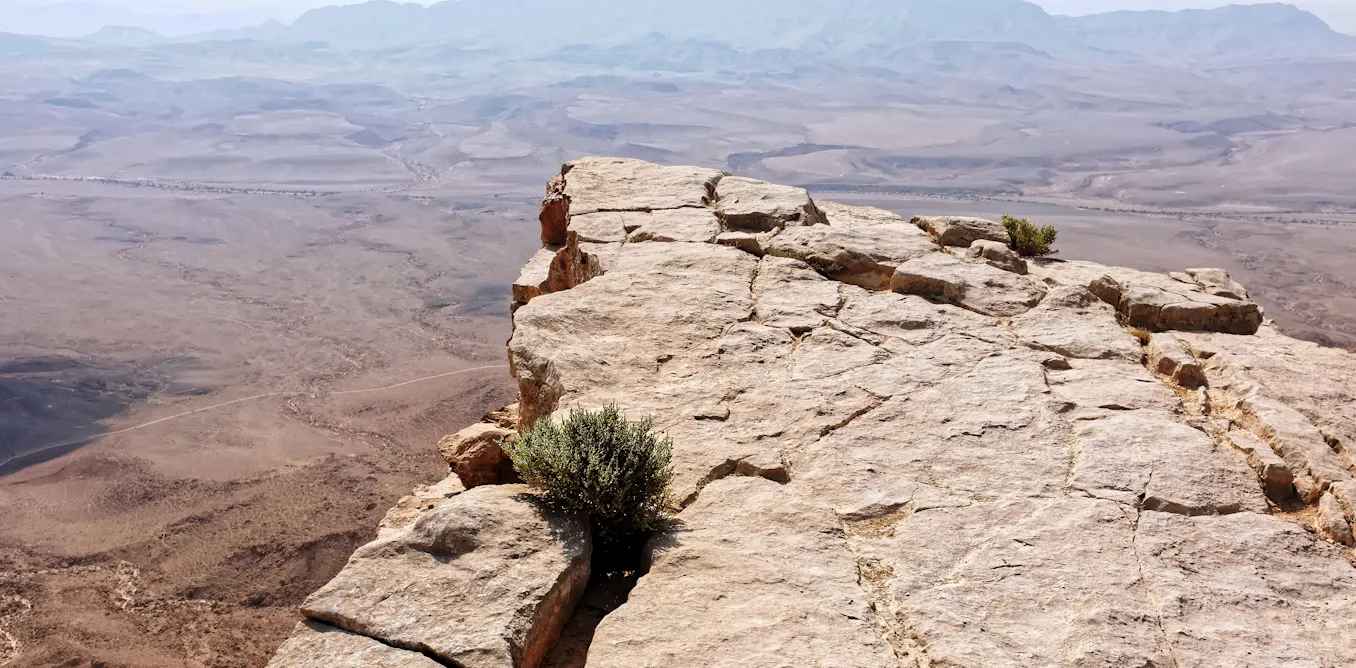
The shallow quake struck off the island's northern end near Bogo, a city of 90,000 people, according to the US Geological Survey (USGS). The number of casualties was based on data from the Cebu provincial disaster office and was subject to validation, said Jane Abapo, an information officer at the regional civil defence office. Another official said more than 150 people were injured. Injured children cried and adults screamed while receiving treatment on beds laid out beneath blue tents on the driveway of the Cebu Provincial Hospital in Bogo. They had been wheeled out of the building amid fears of further harm as hundreds of aftershocks rocked the region overnight. Nearby, hospital workers carried black body bags on stretchers into vans that would take them to local mortuaries. “We are receiving additional numbers of reported casualties, so this thing is very fluid,” civil defence official Raffy Alejandro told reporters in Manila. The Bogo hospital listed 53 confirmed deaths, 30 of them from Bogo, and 154 injured. The Bogo city hospital has been “overwhelmed”, Alejandro said. Richard Guion, his left elbow heavily bandaged, recounted how he and his wife, who had a broken foot, were dug from under the collapsed concrete wall of their home by their 17-year-old son, who had been playing outside with his mobile phone when the quake struck. “When the cement collapsed, I called out to him,” 39-year-old Guion said, adding he was thankful his son ignored his earlier order to go to bed early. Rescuer Teddy Fontillas, 56, told Agence France-Presse that he had not slept a wink, adding some patients had to be transferred to other hospitals because the one in Bogo was already overcrowded. “I'm already struggling, but what we are doing is necessary to help our patients,” he said. “Because of the high volume of patients with serious injuries, the medical staff tended to some of them outside the hospital,” Cebu provincial governor Pamela Baricuatro posted on her official Facebook page. Dramatic footage filmed by residents and widely shared on social media showed an old Catholic church on Bantayan Island near Cebu adorned with a string of light bulbs swaying wildly shortly before its belfry tumbled into the courtyard. “I heard a loud booming noise from the direction of the church, then I saw rocks falling from the structure. Luckily, no-one got hurt,” Martham Pacilan, 25, who was nearby when the belfry collapsed, told AFP. Local television showed riders being forced to dismount from their motorcycles and hold onto the railings as a Cebu bridge violently rocked. Buildings were damaged as far as Cebu city, 100 kilometres to the south, where online shoe merchant Jayford Maranga, 21, hid under a restaurant table to avoid being struck by the collapsing metal ceiling of a shopping mall. “My friend and I ate at the food court near closing time, and then, bang! It was as if the Earth stopped spinning. And then the mall started shaking,” Maranga told AFP, adding his friend was slightly injured. The Cebu provincial government has issued a call on its official Facebook page for medical volunteers to assist in the aftermath of the earthquake. “There could be people trapped beneath collapsed buildings,” provincial rescue official Wilson Ramos told AFP. The rescue effort continued overnight as the Philippine Institute of Volcanology and Seismology reported that the region was being shaken by 379 aftershocks. Quakes are a near-daily occurrence in the Philippines, which is situated on the Pacific “Ring of Fire”, an arc of intense seismic activity stretching from Japan through Southeast Asia and across the Pacific basin. Most are too weak to be felt by humans, but strong and destructive ones come at random, with no technology available to predict when and where they might strike. download our app subscribe to our newsletter



